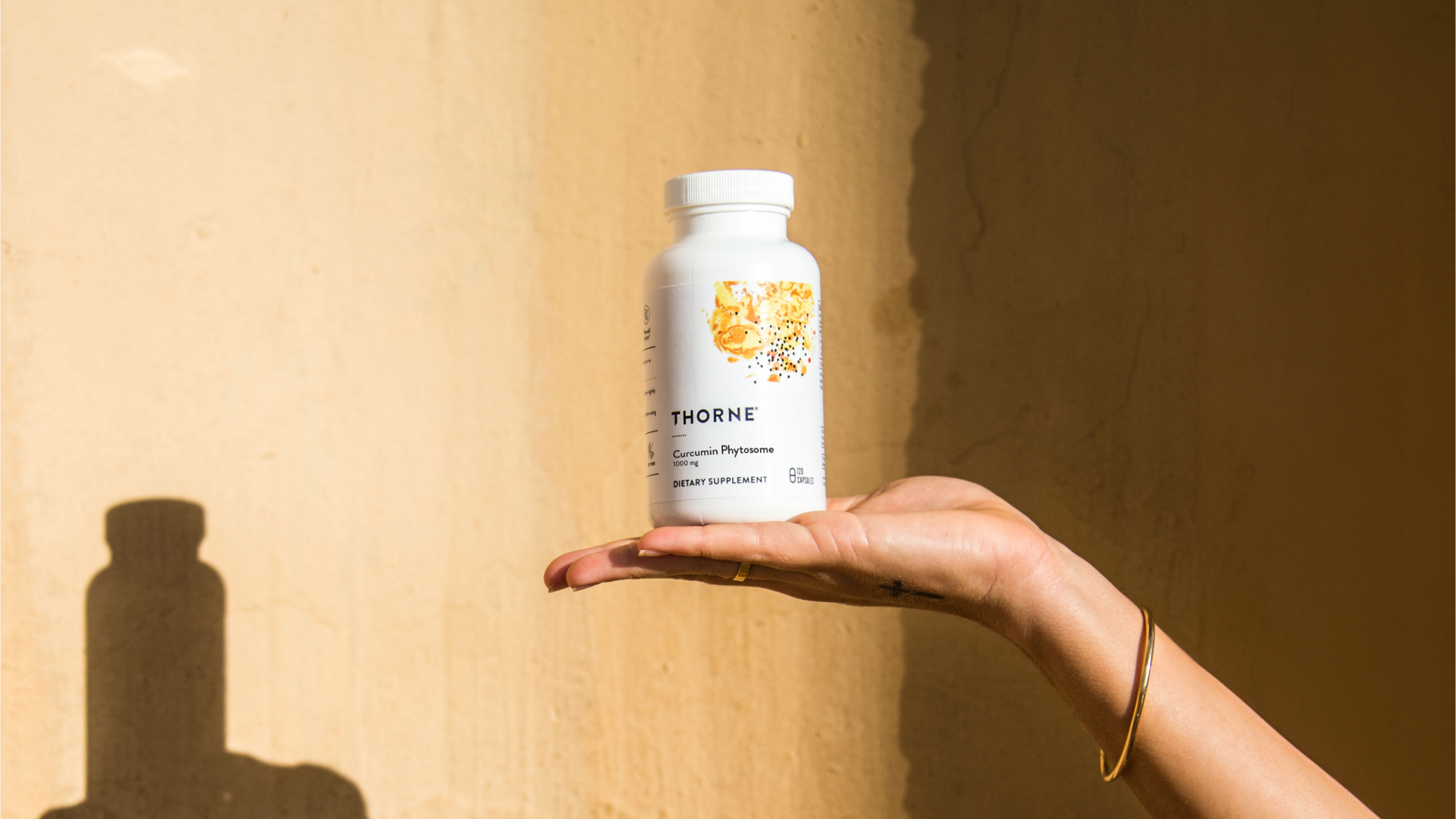
Sarcopenia is a natural consequence of ageing, but losing muscle tissue is a major cause of functional decline and independence in older adults. Maintaining an age-appropriate fitness routine can help, but what do you do when clients shy away from exercise due to the discomfort it can cause?
The occasional pain that happens after exercise is common – but sometimes that discomfort is enough to deter individuals from resuming or adhering to a workout routine. Delayed onset muscle soreness (DOMS) happens most often after new or strenuous exercise.
Athletes and well-conditioned individuals commonly deal with DOMS as they focus on goals like endurance and hypertrophy, but others may mistake it for an injury or a sign to quit.
In addition to DOMs, free radical damage and oxidative stress can also be to blame for muscle pain – especially as we age. Certain enzymes and bioflavonoids have been shown to offer antioxidant support for musculoskeletal health.
When the body experiences oxidative stress, the immune system naturally responds with redness, soreness, stiffness or general discomfort. Producing antioxidants to quench free radical reactions is the body’s natural defence technique. Both enzymatic and non-enzymatic antioxidants work to neutralise oxidative stress by breaking down and removing free radicals and interrupting their chain reactions.1
Proteolytic enzymes for muscle support
Proteases are responsible for protein degradation. This gives them the ability to digest the proteins that build up as cellular debris due to oxidative damage. Over time, cellular debris can lead to occasional muscle and joint pain.
A 2004 a clinical trial published in the Journal of Sports Sciences examined 10 matched pairs of male participants. Each participant in the small cohort study ran for 30 minutes at a 10% downhill grade at about 80% of their estimated maximum heart rate. They either took a placebo or two tablets with proteolytic enzymes (including papain and bromelain) four times daily before the workout and three days after. The protease group recovered better, with less DOMS soreness and better contractile function, compared with the placebo group.
In 2016, research published in the European Journal of Sport Science examined the impact of acute bromelain supplementation on competitive cyclists taking part in a six-day race. In this randomised, double-blind, placebo-controlled trial, 15 highly trained male cyclists supplemented with either bromelain or a placebo over the course of the race. Subjects had blood drawn on days one, three and six; researchers looked at markers including creatine kinase, myoglobin, lactate dehydrogenase and testosterone. While testosterone levels significantly dropped by the end of the race period, those taking bromelain maintained higher concentrations compared with the placebo group. The bromelain group also reported feeling less fatigued than the placebo group.
These enzymes can be paired with antioxidant enzymes such as catalase and the bioflavonoid rutin.
- Catalase supports cells by breaking down peroxide into water and oxygen
- Rutin has been used to support healthy blood vessels and circulation
A 2018 review published in the International Journal of Molecular Sciences suggested this antioxidant may help support leg discomfort, likely by supporting capillary health and overall leg circulation.
This data suggests that enzymes and bioflavonoids may support post-exercise musculoskeletal discomfort. The use of these compounds may enable individuals to keep on track with their exercise programs allowing them to maintain age-appropriate muscle mass to support good health.
Search by ingredient in the Resources hub section of the FxMed Practitioner Hub to find products specific to health outcomes you are aiming to achieve.
Langseth, L. (1995). Washington, D.C . International Life Sciences Institute (ILSI).
Share:
Related Posts

Thorne Celebrates 40 Years of Good Health
Maggie Chandler April 12, 2024 As it’s often said at Thorne, healthy ageing is a gift. It’s about embracing the way you feel, your experiences,

Healthy Coffee Alternatives: When to Quit Coffee & What to Drink Instead
Dr Thomas Wnorowski February 16, 2024 Key Points: Does the idea of quitting coffee make you feel all sorts of (terrible) things? It’s common. But

How Your Social Network Impacts Your Mental Health
Austin Ruff April 17, 2024 Humans are inherently social creatures. It’s in our nature to connect and want to be connected to the people around

Microbiota-Gut-Brain Axis: Behaviour and Dementia Implications
People take supplements to improve or optimize their health. So what happens when you look at the label, and the ingredient list is filled with

Gut Bacteria and GABA
People take supplements to improve or optimize their health. So what happens when you look at the label, and the ingredient list is filled with


